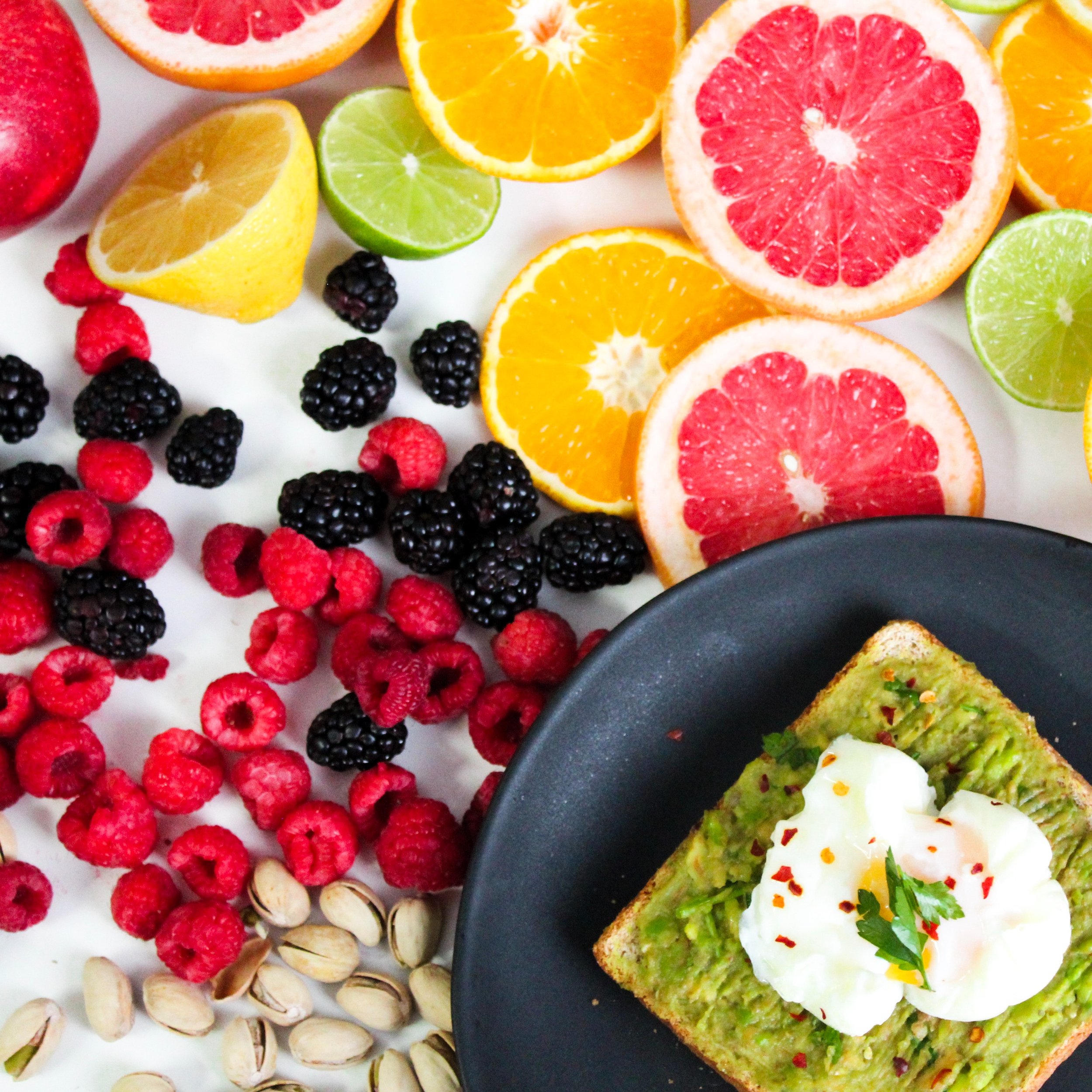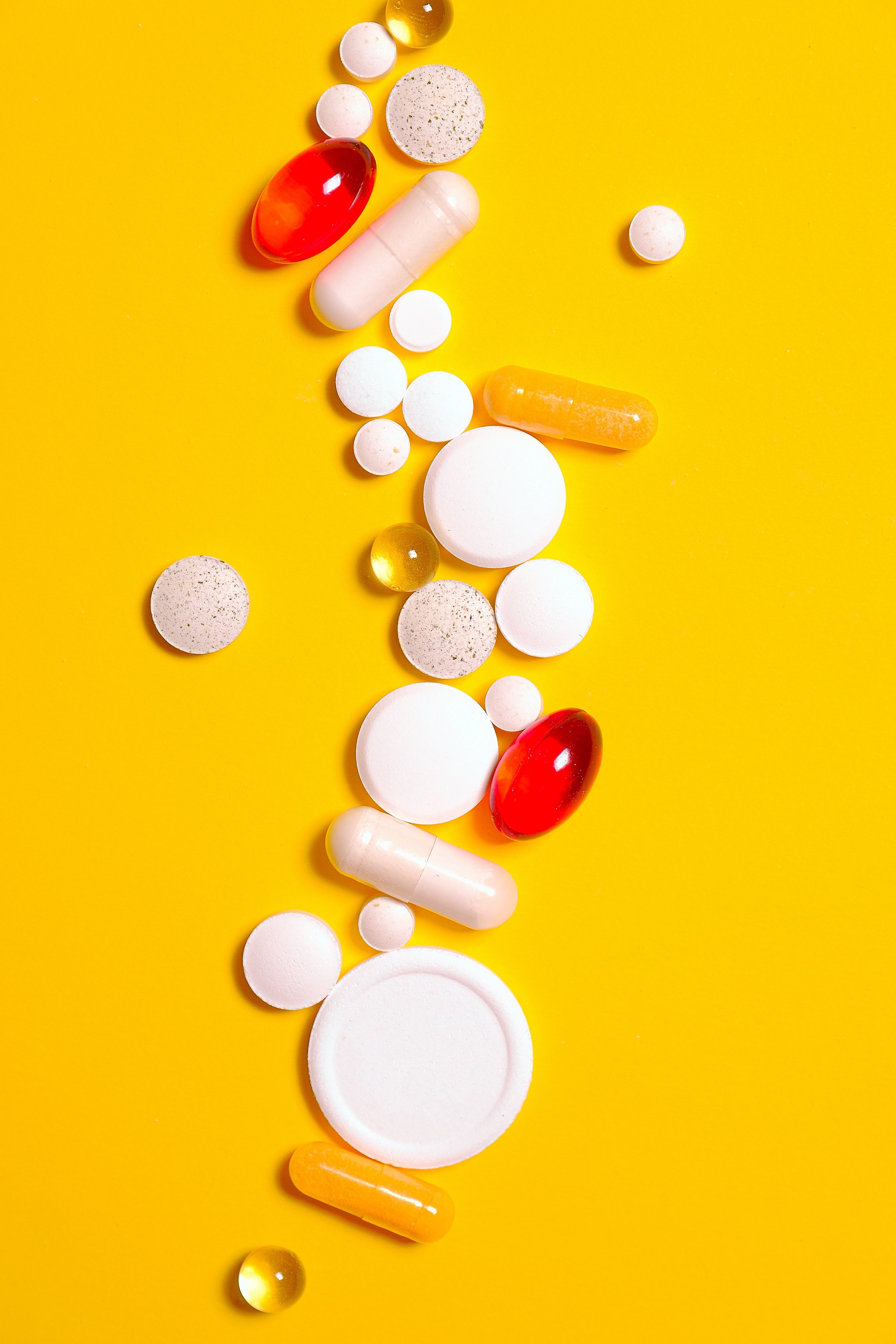Trying to conceive?
Sometimes, conception can be pure math, and an easy one too! So, don't stress. Understanding when you are ovulating- and having sex regularly five days before and on the day of ovulation- can improve the odds of conceiving!
Ovulation is a process in which a matured egg is released from the ovary. After it's release, the egg moves down the fallopian tube and stays there for 12-24 hours, where, it can be fertilized.
Did you know? Sperm can live inside the female reproductive tract as long as five days after sexual intercourse under right conditions. Your chance of getting pregnant is highest when live sperms are present in the fallopian tubes during ovulation.
In an average twenty eight-day menstrual cycle, ovulation typically occurs about fourteen days before the start of the next menstrual cycle. However, each women's cycle length may vary. You can determine the length of your cycle and when you are most likely to ovulate by maintaining a menstrual calendar. Get your’s here. Otherwise, you can also check for the following symptoms for the ovulation signs:
Vaginal secretions: Prior to ovulation, you might notice an increase in clear and stretchy vaginal discharge with egg-white consistency. After ovulation, cervical mucus becomes cloudy and thick.
Basal body temperature: During ovulation, your body's temperature at rest increases slightly. Take your temperature every morning before getting out of the bed, from the start of a menstrual cycle, using a thermometers specific for measuring basal body temperature. You will see a pattern when you record the results: You will be most fertile during the 2-3 days before your temperature rises, followed by a sharp drop, indicating start of the next cycle. If you conceive, you won't see the drastic drop of temperature. Make sure your thermometer is sensitive enough to record small changes in the temperature. Get your digital thermometers recommended by the doctors and health care professionals from CWI Medical.
Ovulation kit: This is obviously the easiest way to determine your ovulation. You can buy the over-the-counter ovulation kits, that will help you to identify when you are most likely to ovulate. Just follow the manufacturer's instructions! And voila, expect to ovulate 36 hours after a positive result!
Many women swear by Ovulation and pregnancy test strips by Clearblue Easy Advanced Digital Ovulation Tests + Digital Pregnancy Tests, 20+5. If you don’t want the pregnancy test strips right now, then you can go for only Ovulation strips from BabyPrep. Give it a try!
Eat healthy and watch your weight!
Planning nutrition is a vital part of preparing for pregnancy. Your basal metabolic rate and your daily diet can have an impact on your and your developing fetus's health during pregnancy.
Your pre-pregnancy weight has direct influence on your baby's birth weight. Underweight women are more likely to give birth to smaller babies as compared to normal weight-women, despite the fact that they gained similar weight during pregnancy. Overweight women have increased risks for various complications during pregnancy such as gestational diabetes or hypertension that might lead to fatal conditions such as preeclampsia or eclampsia. It is advisable to consult with your healthcare provider about whether you need to gain or loose weight before becoming pregnant.
Don’t know where to start? Try Wai Lana Yoga series at home. They also have yoga activities for kids, therefore a great way to spend time with the family as well as have fun while loosing weight!
Pre-pregnancy nutrition:
It is important to eat a well-balanced diet before pregnancy in order to have the proper nutritional status for the demands of pregnancy. Usually, a pregnant woman needs an additional 300 extra calories daily after the first trimester to meet the needs of her body and her developing fetus. But those calories, as well as her entire diet, need to be healthy, balanced, and nutritious.
Try the super-healthy oatmeals from GoOats and throw in some berries for a healthy, fiber-full, balanced diet.
A guideline prepared by USDA and the U.S. Department of Health and Human Services have prepared this food plate to help you eat a healthy diet by encouraging a variety of foods while getting the right number of calories and fat.
Grains. Foods that are made from wheat, rice, oats, cornmeal, barley, or another cereal grain are grain products. Make at least half of your grains whole-grains. Examples of whole-grains include whole-wheat, brown rice, and oatmeal.
Vegetables. Vary your vegetables. Choose a variety of vegetables, including dark green, red, and orange vegetables, legumes (dry beans and peas), and starchy vegetables. Healthier options include buying fresh, canned (low-sodium or no-salt-added versions) or plain frozen (without added sauces or seasonings) vegetables. Get fresh vegetables from For The Gourmet.
Fruits. Any fruit or 100% fruit juice counts as part of the fruit group. Fruits may be fresh, canned (packed in 100% juice or water), frozen, or dried, and may be whole, cut-up, or pureed. Get fresh fruits from For The Gourmet.
Dairy. Milk products and many foods made from milk are considered part of this food group. Use fat-free or low-fat dairy products that are high in calcium.
Protein. Go lean with protein. Choose low-fat or lean meats and poultry. Vary your protein routine by choosing more fish, nuts, seeds, peas, and beans. Get a wide variety of meat, poultry and seafood options from Perdue Farms.
Omega-3 fatty acid is a vital nutritional contributor to enhanced pregnancy health. Get your triple strength from the deep ocean from here! They help to:
Offer critical nutrients for the neurological development of your baby.
Promote the development of your baby’s cardiac and respiratory systems.
Support the development of your baby’s brain and eyes (development of visual centers).
Have been shown to increase the learning and cognitive function of your child, with effects measurable to age four.
Increase the attention span of your child (a measurable component of intelligence early in life) .
Support the pregnancy health of the mother, possibly reducing chances of toxemia (or pre-eclampsia).
May help prevent pre-term labor and premature delivery.
Oils are not a food group, yet some, such as nut oils, contain key nutrients and should be included in the diet in moderation. Others, such as animal fats, are solid at room temperature and should be avoided. Get your nutty snacks from Karma Nuts to keep your cravings at bay in a healthy way! If nuts are not your favorite snacks or if you are allergic to nuts then you can also get other healthy snacking options from UrthBox. You can keep variety of snack box options coming your way at a regular interval with their subscription options, so you won’t have to worry about snacks anymore. Another healthy snacking option is butter-free popcorn. Try Gary-Poppins for unlimited variety of popcorns, make to the perfection to cater your taste.
Exercise and everyday physical activity should also be included with a healthy dietary plan.
Include the following nutrients in your pre-conception diet and continued into pregnancy:
Folic acid
All women of childbearing age need 400 micrograms (0.4 mg) of folic acid each day. Folic acid is a nutrient found in some green leafy vegetables, nuts, beans, citrus fruits, fortified breakfast cereals, and some vitamin supplements. It can help reduce the risk of birth defects of the brain and spinal cord (called neural tube defects). The most common neural tube defect is spina bifida, in which the vertebrae don't fuse together properly, causing the spinal cord to be exposed. This can lead to varying degrees of paralysis, incontinence, and, sometimes, intellectual disability.
Folic acid is most beneficial during the first 28 days after conception, when most neural tube defects occur. Unfortunately, many women don't realize they are pregnant before 28 days. This is why it's important to start folic acid before conception and continue through pregnancy. Your healthcare provider will recommend the right amount of folic acid to meet your needs.
Most healthcare providers will prescribe a prenatal supplement before conception, or shortly afterward, to ensure all of your nutritional needs are met. However, a prenatal supplement does not replace a healthy diet.
If you want to start yours, get it from here!
Iron
Many women have low iron stores as a result of monthly menstruation and diets low in iron. Building iron stores helps prepare a mother's body for the needs of the fetus during pregnancy. Good sources of iron include the following:
Meats such as beef, pork, lamb, liver, and other organ meats. You will get a wide variety of organic and healthy meat and seafood options from For the Gourmet or Perdue Farms.
Poultry such as chicken, duck, and turkey (especially dark meat from Perdue Farms).
Fish and shellfish including sardines, anchovies, clams, mussels, and oysters. Check with your healthcare provider before consuming other types of fish as some may contain high levels of mercury.
Leafy greens of the cabbage family such as broccoli, kale, turnip greens, and collards from For the Gourmet.
Legumes such as lima beans and green peas, dry beans and peas such as pinto beans and black-eyed peas, and canned baked beans.
Whole-grain breads and iron-enriched white bread, pasta, rice, and cereals.
If you are low on iron, you can try this iron supplement after getting approval from your physician.
Calcium:
Preparing for pregnancy includes building healthy bones. If there is not enough calcium in the pregnancy diet, the fetus may draw calcium from the mother's bones, which can put women at risk for osteoporosis later in life. The recommended calcium intake for women is 1,000 milligrams. Three servings of milk or other dairy products each day equals about 1,000 milligrams of calcium. If you are lactose intolerant or cannot consume milk for any reason, try calcium supplements from here.
Always talk with your healthcare provider about your healthy diet and exercise needs.

